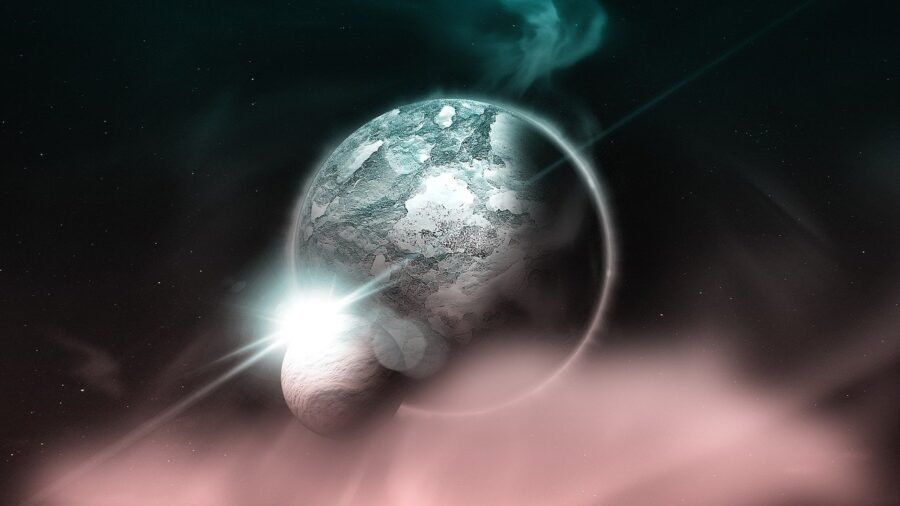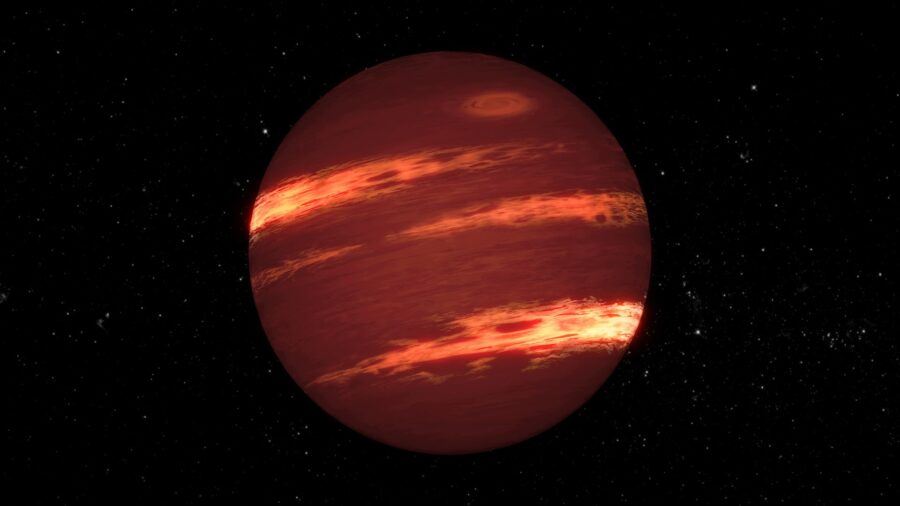New Jupiter-Sized Planet Discovered And It Is Unbelievably Dense
A new planet is so dense its core is causing nuclear fusion to hold it together.

NASA astronomers have recently discovered a new planet in the distant reaches of the universe, according to a report from Science Alert. The Jupiter-sized exoplanet, named TOI-4603b, is said to be a brown dwarf with a density greater than lead, making it among the densest material in the known universe, second only to people who think Andrew Garfield was the best Spider-Man. Despite rivaling Jupiter’s size, the giant planet contains the mass of nearly 13 Jupiters, making it nearly 3 times the density of Earth, and a staggering 9 times denser than Jupiter.
Obviously, many people are questioning whether or not humans could ever inhabit the new planet, though that seems out of the question at this time. For starters, it’s so distant from our current position, at roughly 730 light years away from Earth, that making the distant trek out to TOI-4603b would take generations of space travel. Additionally, the planet’s orbit is just 7.25 days from its sun, meaning a single week on this world would account for the entire on-planet year.
Concepts such as space and time can truly boggle the mind when viewed through this lens. At a 7.25-day orbit, this new planet is reminiscent of Christopher Nolan‘s Interstellar, in which Matthew McConaughey and his team of space explorers visited a planet that caused years to pass by on Earth in the span of what felt like seconds to the characters on the ground. While the reality of this dense dwarf may be far less cinematic, the comparison stands to reason why it is highly unlikely that humans would ever visit TOI-4603b.

Scientists have also been struggling to understand how such a planet could even form in the first place, as temperature and pressure from a mass of this density should be causing constant nuclear fusion on the planet’s surface. Nuclear fusion occurs when atoms have been smashed together, creating heavier elements such as lead or uranium. According to what little we understand about the new distant planet, its existence seems to suggest that its core can fuse deuterium, as its mass isn’t constantly collapsing under its own weight.
Deuterium is an extremely heavy isotope of hydrogen that doesn’t require the same heat and pressure necessary to cause nuclear fusion and is used on Earth to slow the neutrons in fission reactors. If the new planet is, in fact, capable of fusing the material, this reinforces its assumed status as a brown dwarf, which often behaves more like stars than planets in their formation and orbit. Velocity measurements taken by NASA’s transiting exoplanet survey satellite, often shortened to TESS, caught TOI-4603b whipping around its solar system in the distant reaches of space in just over a week, providing scientists with a deep insight into the planet’s density and radius.
According to researchers in India, TOI-4603b contains nearly all the criteria necessary to be classified as an exoplanet, though other astronomers wish to probe deeper in order to garner a better understanding of the incredibly dense new planet. Others have noted that the planet’s orbit seems to move in an ovular shape, suggesting the planet’s creation is relatively recent. This means that the planet isn’t just new to us but is rather entirely new.










